Tree frogs are not a distinct taxonomic group of animals, but rather, the term refers generally to frogs that spend most of their time in trees or higher vegetation. There are about 800 species of tree frogs, some of which are classified as tree frogs, which are aquatic or terrestrial. Aquatic tree frogs are generally smaller than terrestrial frogs, as their weight is usually supported by twigs and leaves.
Most tree frogs rarely descend to the ground, except to mate and spawn, but some tree frogs lay their eggs in trees, or vegetation in the trees, that contains water. Read on to learn about the tree frog.
Description of the Tree Frog
Tree frogs have the typical frog shape, with long hind legs and smooth, moist skin. One of the characteristic features of tree frogs is the disc-shaped, adhesive pads on their fingers and toes, which help them climb about in trees. They have forward facing eyes, which are often very large, to help them hunt their invertebrate prey, usually at night. Tree frogs can be found in a wide variety of colors, some of them very bright, although most are green, brown, or gray. Several species can change color to blend into the background as camouflage.
Interesting Facts About the Tree Frog
Tree frogs are a large and diverse group of amphibians. They have evolved to live a wide variety of lifestyles. This means there are several interesting facts about tree frogs.
- Small Size – Most tree frogs are so small they can sit comfortably on the tip of your finger.
- Teeth – Guenther’s marsupial frog (Gastrotheca guentheri) is the only frog that has teeth in their lower jaw.
- Poisonous – Simply touching the yellow banded poison dart frog (Dendrobates leucomelas) can lead to heart failure.
- Swallowing – Like many other frogs, tree frogs use their eyes to help swallow their food. They close their eyes very firmly which pushes the food item down their throat.
- Flying Frog – The Costa Rican flying tree frog has webbing between its toes, which helps them glide between trees.
Habitat of the Tree Frog
Tree frogs live mainly in trees of forests that are in warmer climates, though some live in grasslands, marshes, or other aquatic environments.
Distribution of the Tree Frog
Tree frogs inhabit every continent except Antarctica. Approximately 30 species live in the U.S., and more than 600 species live in South and Central America.
Diet of the Tree Frog
Most tree frogs are herbivorous when they are tadpoles. As adults, they are generally insectivorous and eat small invertebrates, such as moths, flies, ants, crickets, and beetles. Larger species will also eat small mammals such as mice.
Tree Frog and Human Interaction
Some tree frog species secrete substances on their skin that are used by indigenous peoples as a hallucinogenic drug. Tree frogs are amphibians, meaning they are very susceptible to damage by water pollution and climate change caused by humans. They are also threatened by habitat loss from deforestation for agriculture.
Domestication
Although tree frogs are frequently kept as pets, they have not been domesticated.
Does the Tree Frog Make a Good Pet
Tree frogs are relatively easy to care for, but are sometimes considered uninteresting because they tend to be active at night (“nocturnal”), remaining hidden during the day. The natural behavior of the species needs to be considered when keeping them as pets: ground-dwellers should be given an enclosure with a large amount of floor space, whereas tree climbers should be provided with a more vertical enclosure with substantial plant material. Some countries require a permit to keep tree frogs as pets.
Tree Frog Care
Because tree frogs have moist skin, they can easily absorb toxins from human hands when they are handled. It is therefore often recommended that tree frogs not be handled, or that great care be taken with regards to hand washing. For some species, their food must be dusted with mineral/vitamin supplements, and some will only eat live food.
Behavior of the Tree Frog
Many tree frogs have brightly colored (blue, yellow, red) areas of their bodies, such as their feet, legs, or eyes. If they are threatened by a predator, they suddenly flash these colored areas to startle the predator, allowing the frog to leap away. Many male tree frogs are territorial, and advertise this with loud calling. Some species also advertise their territory by shaking the vegetation, which keeps other males away.
Reproduction of the Tree Frog
Most frogs have a life cycle of 3 stages. Eggs develop into larvae (tadpoles), which then develop into adults. The entire process is called “metamorphosis.” Tree frogs have a variety of reproductive strategies. Most of the species lay eggs – an average clutch consists of about 50 eggs, but some species lay up to 4,000 eggs.
Some species lay their eggs in a nest of foam, or on the leaves of the trees in which they live. When the eggs hatch, the tadpoles drop into the water below. Some eggs take only 4 – 5 days to hatch, but it may take years for the frogs to become sexually mature.

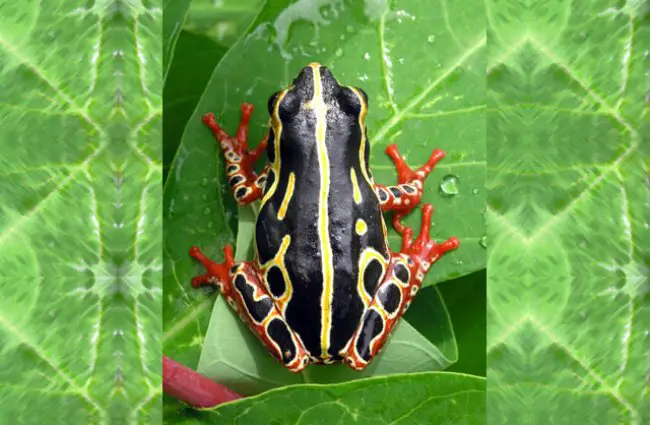


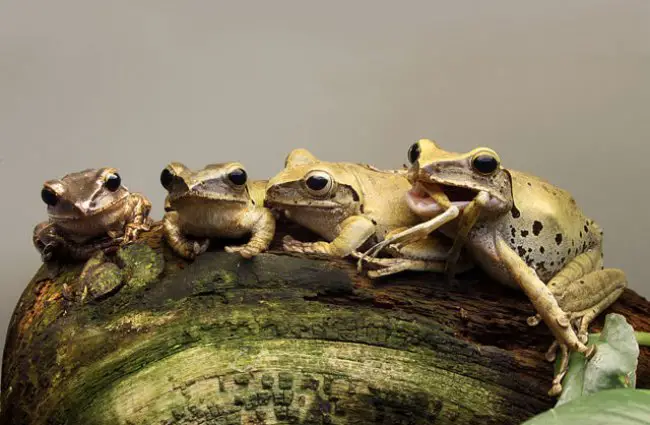

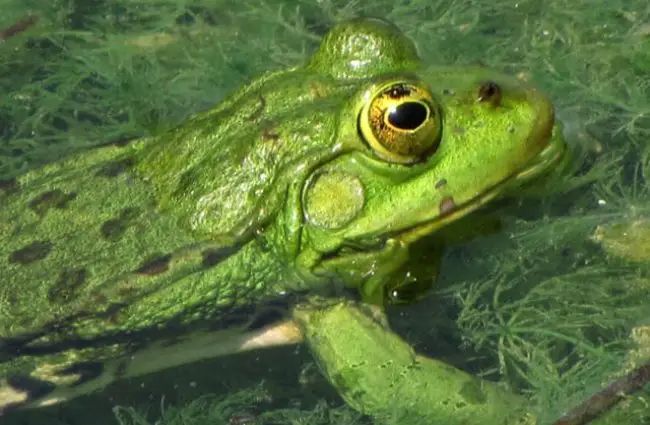

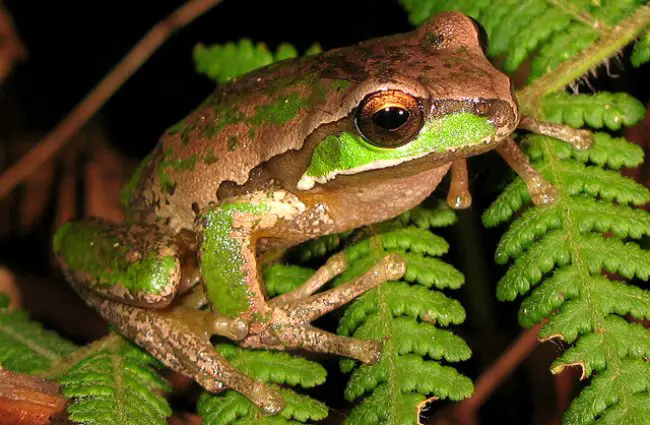
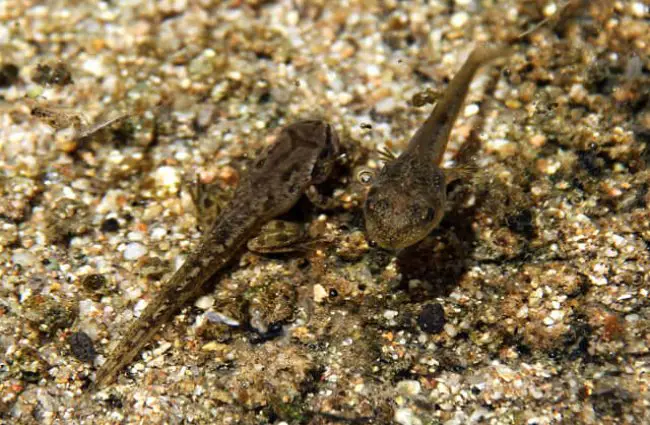
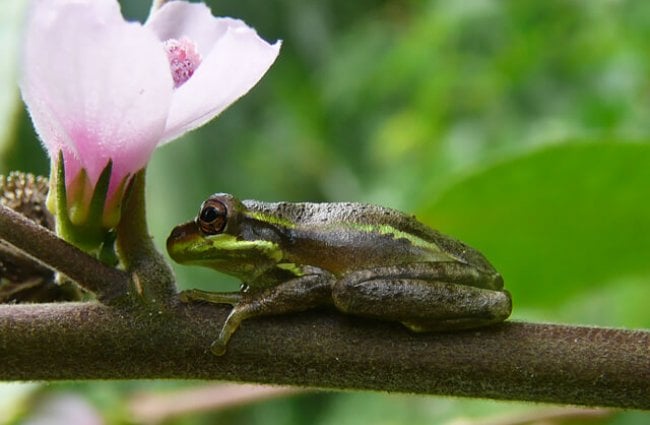

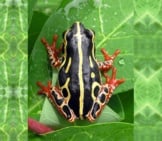
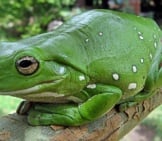


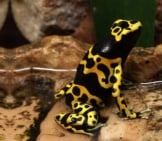
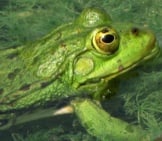
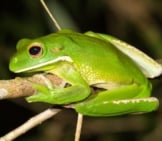
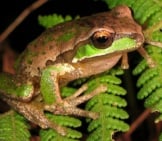
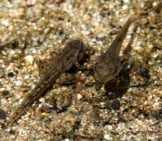


![Red Angus Closeup of a beautiful Red Angus cowPhoto by: U.S. Department of Agriculture [pubic domain]https://creativecommons.org/licenses/by/2.0/](https://animals.net/wp-content/uploads/2020/03/Red-Angus-4-238x178.jpg)












![Red Angus Closeup of a beautiful Red Angus cowPhoto by: U.S. Department of Agriculture [pubic domain]https://creativecommons.org/licenses/by/2.0/](https://animals.net/wp-content/uploads/2020/03/Red-Angus-4-100x75.jpg)

